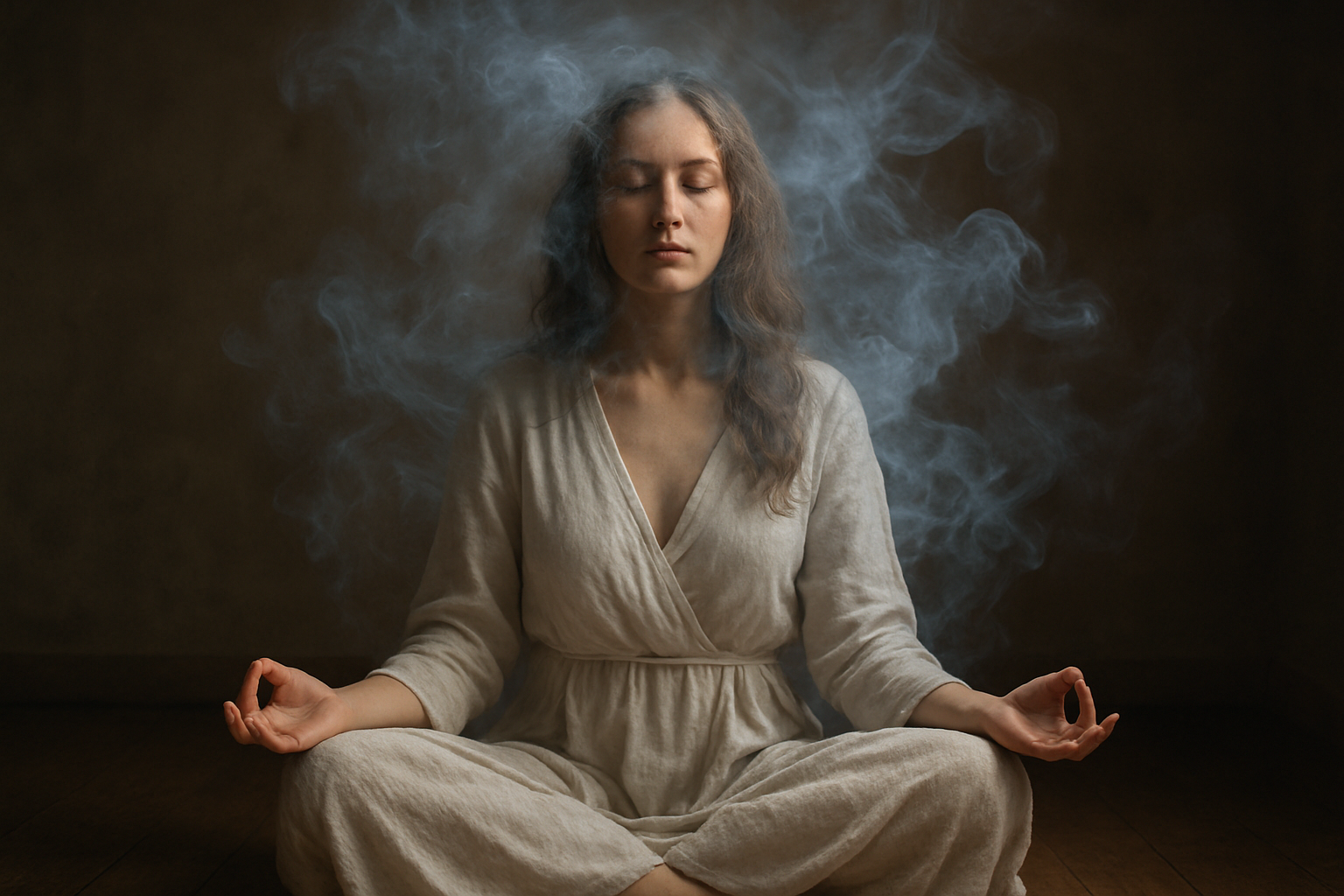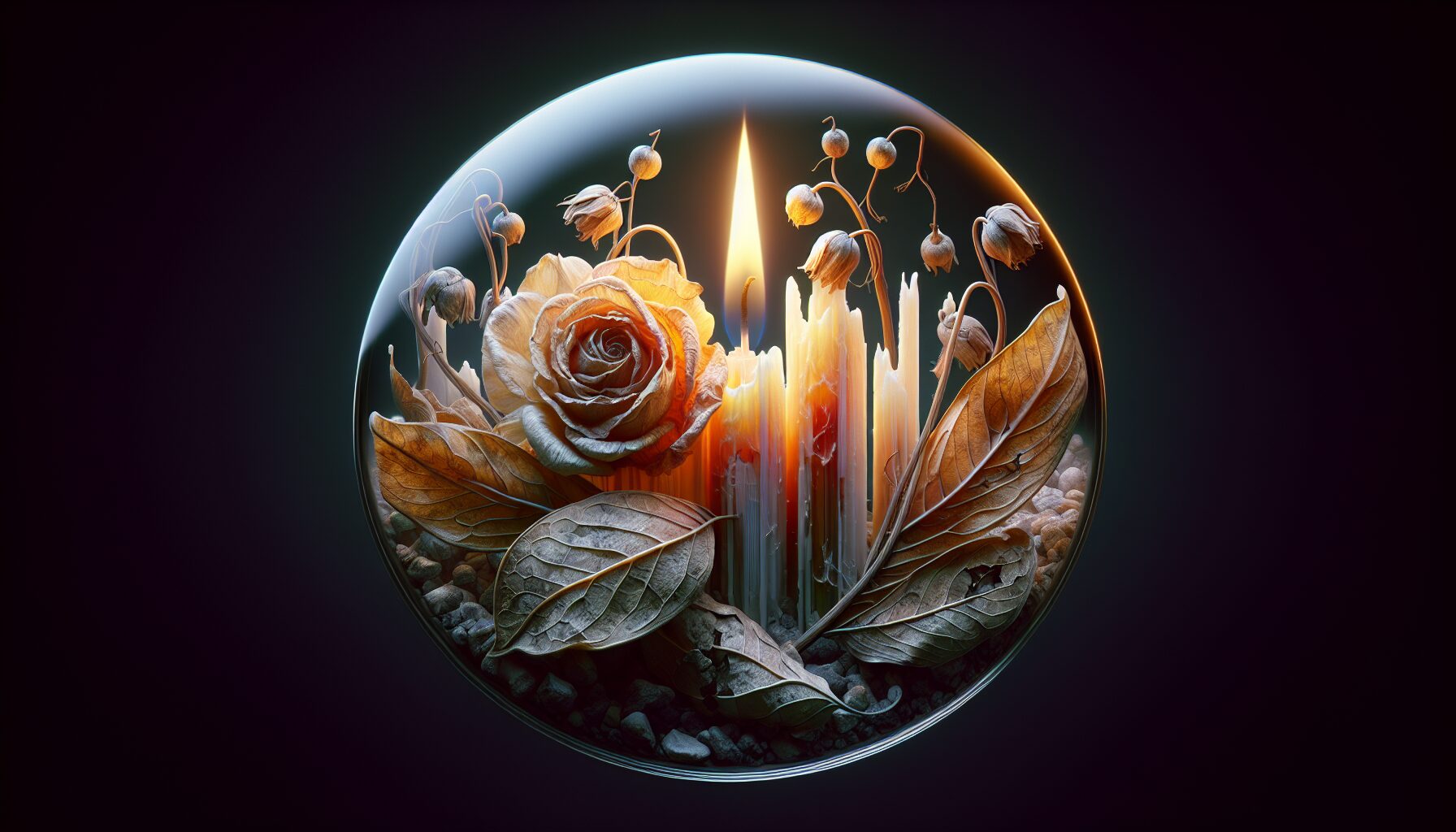Mystic Dissolution: Petit Mort in Spiritual Practice
The concept of petit mort, or “little death,” is often associated with the fleeting sensation following an orgasm. However, in spiritual contexts, this phrase points toward a deeper philosophical exploration—the temporary dissolution of the ego and the transcendent experiences that some spiritual practitioners seek.
The notion of a mystic dissolution has intrigued many spiritual seekers, from the Sufi mystics to Zen practitioners. This state of being often involves profound moments where the boundaries of the self seem to dissolve, allowing for a moment of unity with the universe. As Rumi, the 13th-century Persian poet, elegantly put it, “When you let go of who you are, you become who you might be.”
Historical Contexts and Practices
Throughout history, various spiritual practices have pursued this temporary dissolution. In Sufism, intense chanting and rhythmic dance can lead followers to experience divine ecstasy. Similarly, in Tantric Hinduism, rituals and meditations are designed to transcend the ordinary self, achieving a sense of oneness.
- Sufi Whirling: A dance practice that aims to abandon the ego and achieve spiritual intoxication.
- Zazen: A meditative discipline in Zen Buddhism, focusing on mindfulness and deep introspection.
- Tantric Meditation: Employs mantras and visualizations to elevate consciousness beyond ego-identification.
The Science of Ego Dissolution
Modern neuroscience also sheds light on the idea of mystic dissolution. Studies have examined the effects of meditation, psychedelics, and ecstatic experiences on the brain. They reveal that during these altered states, there is a decrease in activity within the brain’s default mode network (DMN), which is associated with the sense of self. According to Dr. Robin Carhart-Harris, a leading researcher in psychedelic studies, “The DMN is thought to provide us with a sense of self, so naturally, when its activity is reduced, we experience a diminished sense of ego.”
“You are not a drop in the ocean. You are the entire ocean in a drop.” — Rumi
Integrating Mystic Dissolution into Practice
For those seeking to incorporate this mystical experience into their spiritual practice, it often begins with a commitment to inner work and rituals. Whether through meditation, chanting, or a dance, the goal remains the same: to reach a higher state of consciousness where the ego fades and the experiencer connects with something greater.
Ultimately, mystic dissolution offers a glimpse into something profoundly spiritual and existential, reminding practitioners of their limitless nature beyond the confines of the self.


